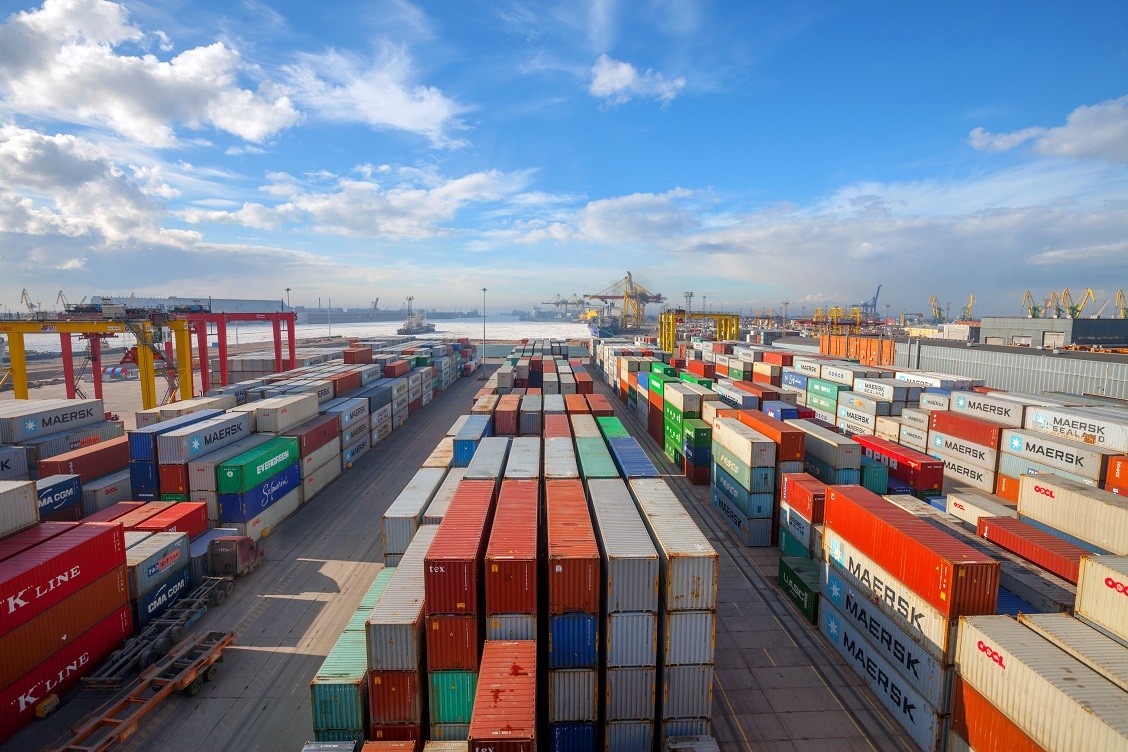Global Port Congestion Hits Highest Levels Since Pandemic

Singapore’s container port is facing unprecedented congestion, reminiscent of the peak pandemic period, exacerbated by prolonged vessel re-routing to avoid Red Sea attacks. This disruption has rippled across Asian and European ports, causing bottlenecks that are straining global ocean shipping.
Industries relying on large container ships, such as retailers and manufacturers, are grappling with skyrocketing rates, port backlogs, and shortages of empty containers. These challenges come at a time when many consumer-oriented businesses are ramping up inventories ahead of the peak year-end shopping season.
According to maritime data firm Linerlytica, global port congestion has soared to an 18-month high, with 60% of anchored ships located in Asia. As of mid-June, over 2.4 million twenty-foot equivalent container units were waiting at anchorages, reflecting disrupted ship timetables and reduced port calls.
Unlike the pandemic’s surge driven by consumer buying frenzies, the current congestion stems from vessels taking longer routes around Africa to avoid Red Sea threats posed by Yemen’s Houthi group. Consequently, ships are offloading larger volumes at major transhipment hubs like Singapore, where cargoes are reloaded onto different vessels to make up for missed schedules.
Jayendu Krishna from Drewry Maritime Advisors explained, “Liners are managing by concentrating containers at transhipment hubs like Singapore.” This has led to a 22% increase in cargo offload volumes at Singapore from January to May, significantly impacting port productivity.
Severe Disruptions in Singapore and Beyond
Singapore, the world’s second-largest container port, has witnessed severe congestion with ships facing an average wait time of two to three days to berth. Delays, as reported by Linerlytica and PortCast, have extended up to a week, contrasting sharply with the typical berthing duration of less than a day.
Neighboring ports like Malaysia’s Port Klang and Tanjung Pelepas are also under strain as some vessels bypass Singapore. Linerlytica noted similar congestion challenges at Chinese ports, with Shanghai and Qingdao experiencing prolonged wait times.
Outlook and Mitigation Efforts
Despite these challenges, there are expectations of easing congestion as carriers increase capacity and restore schedules. The Maritime and Port Authority of Singapore (MPA) has reopened older berths at Keppel Terminal and plans additional berths at Tuas Port to alleviate wait times.
Maersk, a major container carrier, announced skipping two westbound sailings from China and South Korea in July due to severe congestion in Asian and Mediterranean ports, underscoring the ongoing disruptions during the peak shipping season.
Impact on Global Trade and Consumers
The early onset of the peak shipping season, driven by restocking activities and anticipation of higher demand, has further strained port capacities and escalated container rates. Rates from Asia to the US and Europe have tripled since early 2024, reaching their highest levels in years, affecting global trade dynamics.
Experts caution that these disruptions, compounded by potential port strikes and tariff changes, are likely to lead to higher consumer prices. The complexities of global supply chains continue to challenge shippers and port authorities, necessitating adaptive strategies to mitigate future disruptions.
Related Posts

Cocoa Crisis in West Africa Threatens Chocolate Prices Worldwide
- kenneth
- May 8, 2024
March 13 2024 – Major cocoa processing plants in Ivory Coast and Ghana, key producers acc ..

Growth and Trends in the Plant-Based Protein Market
- kenneth
- June 5, 2024
The global plant-based protein market is poised for substantial growth, projected to increase f ..
